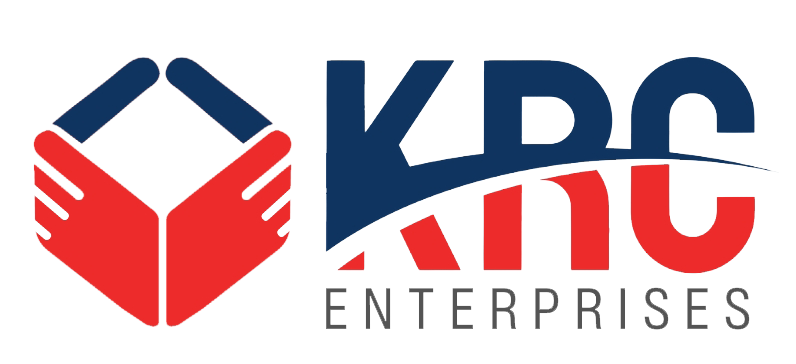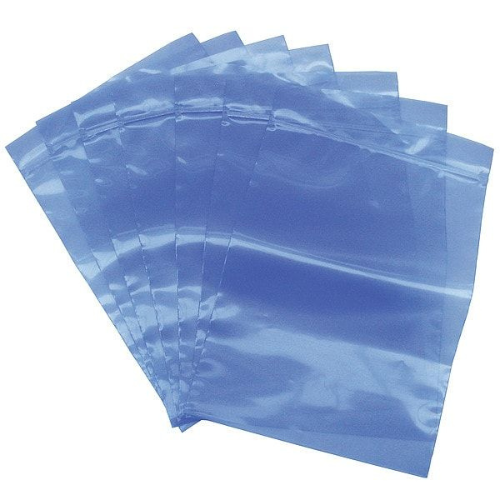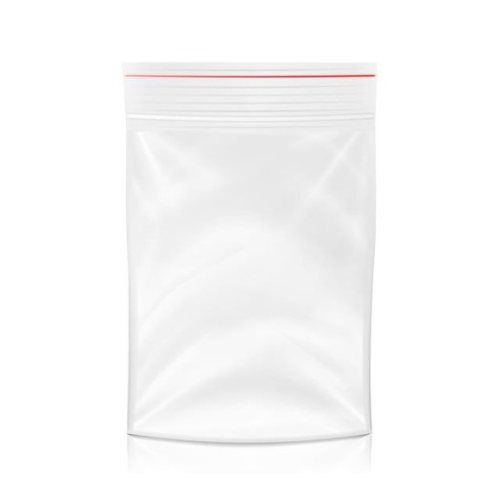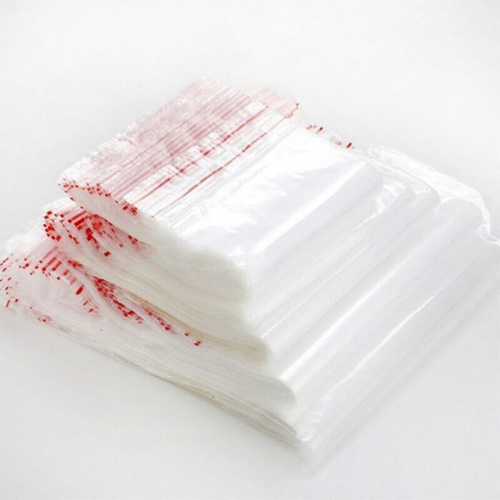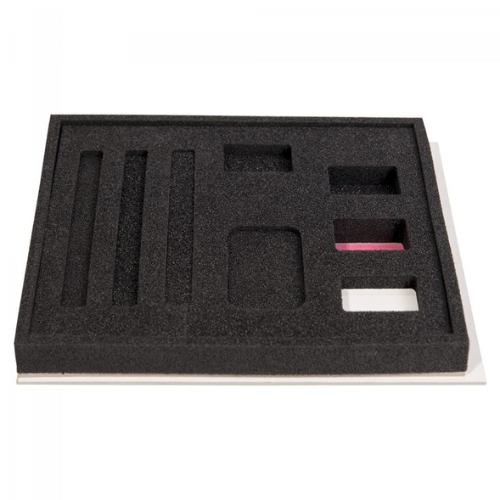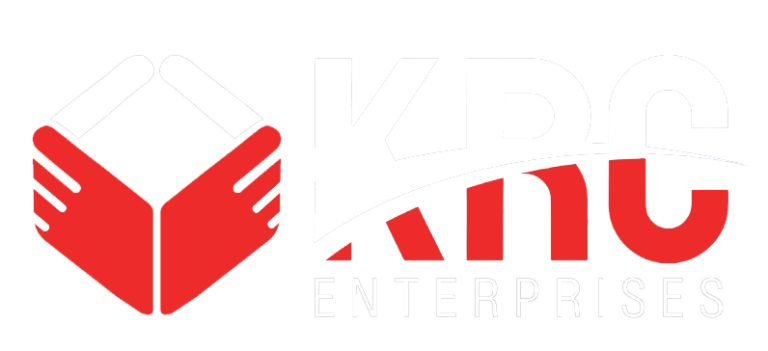What is Packaging?
Packaging is the process of enclosing or protecting products for distribution, storage, sale, and use. It ensures safety, preserves quality, and provides essential information to consumers. Packaging also plays a critical role in branding and marketing by enhancing the product’s visual appeal. Different materials like plastic, paper, glass, and metal are used based on the product’s needs. Effective packaging not only protects but also influences customer decisions and builds brand identity. For more information click here

Types of Packaging
Packaging is generally classified into three main types based on its function and position in the supply chain:
1. Primary Packaging
This is the first layer of packaging that comes in direct contact with the product. It protects the product and often plays a role in display and user convenience.
Examples: Bottles for beverages, blister packs for tablets, wrappers for chocolates.
2. Secondary Packaging
This holds one or more primary packages together, making handling, storage, and transport easier. It also helps in branding and shelf display.
Examples: Cardboard boxes, cartons, shrink wraps.
3. Tertiary Packaging
Used for bulk handling, storage, and transportation. It ensures that secondary packages are grouped and moved efficiently and safely.
Examples: Pallets, large shipping boxes, stretch wraps.

Why Packaging Matters: Key Reasons Explained
Packaging is far more than just a container—it is a strategic tool that serves multiple essential functions across industries. From protection and preservation to branding and consumer engagement, effective packaging can make a significant difference in a product’s success. Here’s a closer look at why packaging is so important:
1. Product Protection
One of the primary functions of packaging is to protect the product from damage during handling, shipping, and storage. It acts as a barrier against physical impact, dust, moisture, bacteria, and temperature changes. For fragile items like electronics or glassware, good packaging is crucial for reducing breakage and returns.
2. Preservation of Quality
Especially in the food, beverage, and pharmaceutical industries, packaging plays a key role in preserving freshness and extending shelf life. Airtight seals, vacuum packaging, and specialized materials prevent spoilage, oxidation, and contamination—ensuring that the product reaches the consumer in its intended state.
3. Clear Communication & Compliance
Packaging provides important information that helps customers make informed choices. It includes labels with ingredients, nutritional facts, usage directions, manufacturing and expiry dates, safety warnings, and more. Moreover, packaging often needs to comply with industry regulations and standards, ensuring legal and safety requirements are met.

4. Branding and Marketing
Packaging is a powerful marketing tool. A well-designed package can capture attention on crowded shelves, reflect the brand’s identity, and even influence purchasing behavior. Colors, shapes, logos, and taglines work together to create a visual impression that helps customers remember and trust the brand.
5. Convenience for Consumers
Modern packaging is designed with the user in mind. Features like resealable zippers, easy-pour spouts, handles, or single-use packets make the product easier to use, store, and transport. This added convenience can significantly improve customer satisfaction and loyalty.
6. Environmental Impact and Sustainability
With growing awareness of environmental concerns, packaging is now seen as a reflection of a company’s commitment to sustainability. Eco-friendly packaging made from recyclable, biodegradable, or reusable materials not only reduces waste but also enhances brand reputation.
Summary:
Packaging is an essential component of product design and business strategy. It does more than just enclose an item—it protects, informs, markets, and connects with consumers. Companies that invest in smart, sustainable, and user-friendly packaging often gain a competitive edge in today’s demanding market.

Packaging Across Industries: Who Needs It Most?
Packaging is a crucial part of operations across various industries. It ensures product safety, improves shelf appeal, provides information, and enhances customer satisfaction. Below are key industries that heavily depend on packaging:
1. Food & Beverage Industry
This industry has the highest reliance on packaging for hygiene, freshness, shelf life, and branding. From cans and bottles to pouches and cartons, food packaging is vital to prevent contamination and meet regulatory standards.
Examples: Snack wrappers, milk cartons, ready-to-eat meal trays.
2. Pharmaceutical & Healthcare Industry
Precision, sterility, and safety are critical here. Packaging protects medicines from moisture, light, and contamination, while also providing dosage information, expiry dates, and usage instructions.
Examples: Blister packs, pill bottles, injection vials.

3. Cosmetics & Personal Care Industry
Attractive and functional packaging is key for brand differentiation. It must be user-friendly, tamper-evident, and sometimes luxurious to reflect the product’s identity.
Examples: Cream jars, shampoo bottles, lipstick tubes.
4. E-commerce & Retail Industry
With the boom in online shopping, packaging plays a role in protecting items during shipping and enhancing unboxing experiences. It also includes return-friendly designs and branded packaging.
Examples: Corrugated boxes, bubble mailers, customized tape.
5. Electronics Industry
Electronics require anti-static and shock-resistant packaging to prevent damage during handling and transit. Packaging also helps organize accessories and instructions clearly.
Examples: Foam-padded boxes, blister packs, molded trays.

6. Household & Cleaning Products
These items need durable, spill-proof packaging that ensures safe storage and transport. Clear labeling for safety and usage instructions is essential.
Examples: Detergent bottles, spray cans, refill pouches.
7. Automotive & Industrial Parts Industry
Heavy-duty packaging is used to transport metal parts, tools, and accessories safely across long distances. Protection from corrosion, shocks, and tampering is a priority.
Examples: Wooden crates, vacuum-sealed packs, custom-molded foam.
8. Alcohol & Beverage Industry
Packaging not only preserves the quality of the drink but also serves as a major branding element. The look and feel of the bottle can influence buying decisions.
Examples: Glass bottles, tin cans, wine boxes.

Final Thoughts on the Importance of Packaging
Packaging is far more than just a protective cover, it is a critical element that supports product integrity, safety, marketing, and customer satisfaction across multiple industries. From food and pharmaceuticals to electronics and e-commerce, each sector relies on packaging to meet industry-specific needs and consumer expectations. As businesses evolve and consumer awareness grows, the role of packaging continues to expand, incorporating innovation, sustainability, and smart functionality. Investing in effective packaging isn’t just a necessity it’s a strategic advantage in today’s competitive marketplace.
